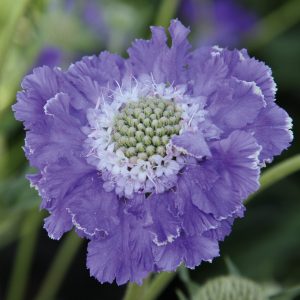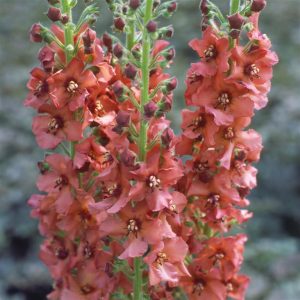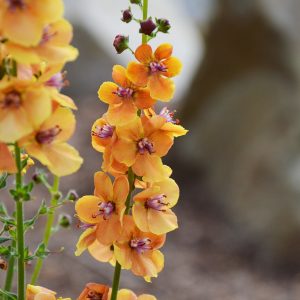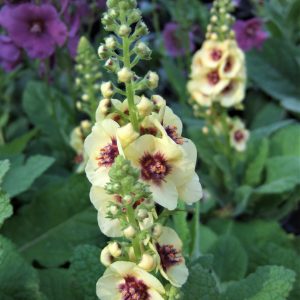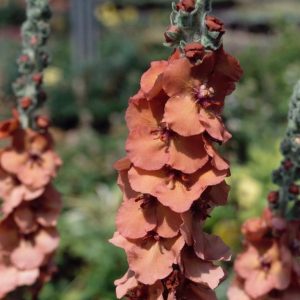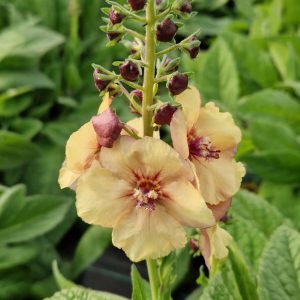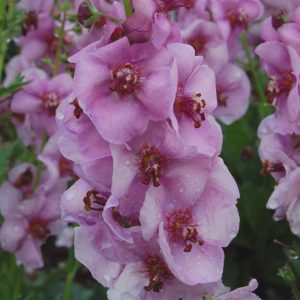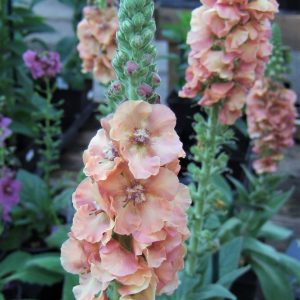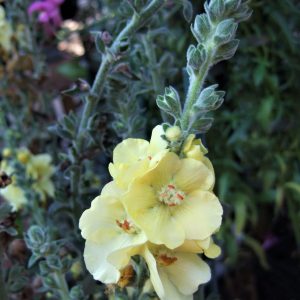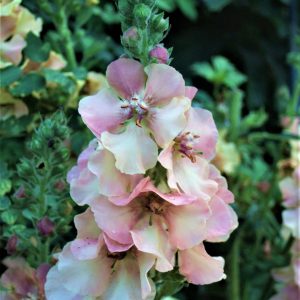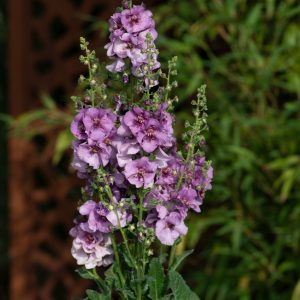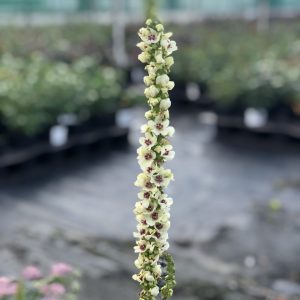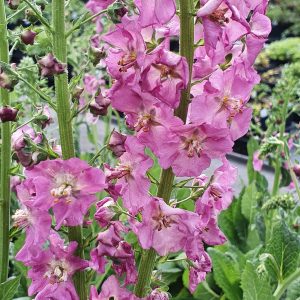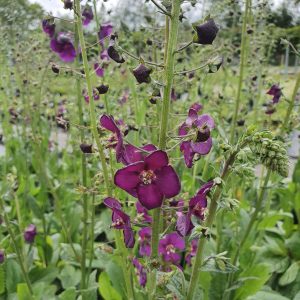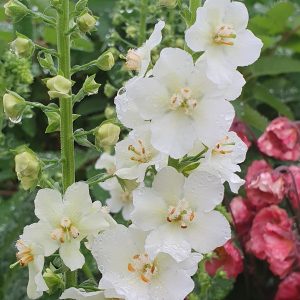Verbascum, commonly known as mullein, is a versatile and striking perennial or biennial plant known for its tall flower spikes and fuzzy leaves. Follow this planting guide to ensure the successful establishment and thriving growth of your Verbascum plants.
Choose the Right Location:
Sun Exposure: Verbascum thrives in full sun. Choose a location with at least 6 to 8 hours of direct sunlight per day.
Soil Quality: Well-draining soil is essential for Verbascum. It is adaptable to various soil types but prefers slightly alkaline to neutral soil.
Planting Time
Spring or Autumn: Plant Verbascum in the spring or autumn when the soil is workable. This allows the plant to establish roots before extreme weather conditions.
Spacing
Adequate Spacing: Space Verbascum plants 18 to 24 inches apart. This ensures proper airflow, prevents overcrowding, and allows each plant to reach its full potential.
Planting Depth
Proper Depth: Plant Verbascum seeds or young plants at a depth of 1/8 to 1/4 inch in well-prepared soil. Ensure good soil-to-seed contact.
Watering
Moderate Watering: Verbascum is drought-tolerant once established. Water consistently during the first growing season to help establish a robust root system.
Avoid Waterlogged Soil: Ensure well-draining soil to prevent waterlogged conditions, which can be detrimental to Verbascum.
Mulching
Minimal Mulching: While mulching can help conserve soil moisture, Verbascum plants generally prefer the soil to be on the drier side. Apply a thin layer of mulch around the base to suppress weeds.
Fertilisation
Minimal Fertilisation: Verbascum is not heavy feeder. Fertilise sparingly with a balanced, slow-release fertiliser in spring. Excessive fertilisation may lead to leggy growth.
Staking (if needed)
Tall Varieties: For taller Verbascum varieties prone to bending, consider staking or providing support to maintain an upright form.
Deadheading
Optional Deadheading: Deadheading spent flowers is optional. It can encourage additional blooms, but some gardeners prefer to leave the seed heads for added interest.
Pest and Disease Management
Vigilant Monitoring: Regularly check for pests such as aphids or caterpillars. Treat infestations promptly with insecticidal soap.
Good Air Circulation: Maintain proper spacing to promote air circulation and reduce the risk of fungal diseases.
Pruning
Minimal Pruning: Verbascum typically requires minimal pruning. Remove dead or damaged foliage as needed to maintain plant health.
Winter Care
Leave Some Foliage: Consider leaving some foliage intact over winter to provide a bit of protection. In colder climates, a layer of mulch can be applied.
Observation and Adjustments
Regular Inspection: Keep an eye on your Verbascum plants for signs of stress, disease, or pests. Adjust care practices based on your observations.
By following this planting guide, you can establish and maintain healthy Verbascum plants that will bring vertical interest and vibrant blooms to your garden.




